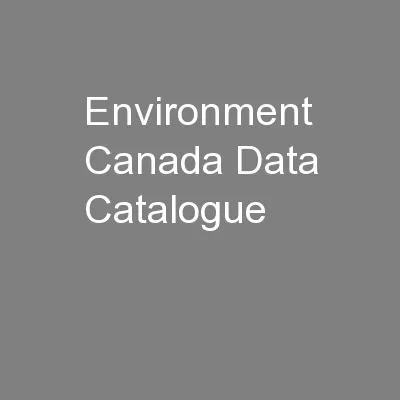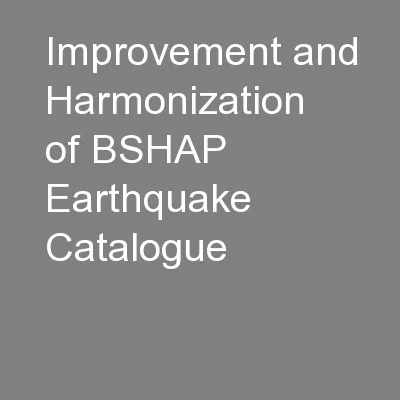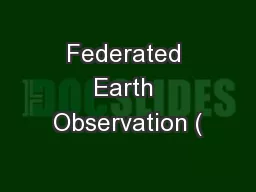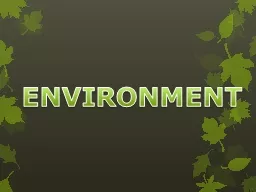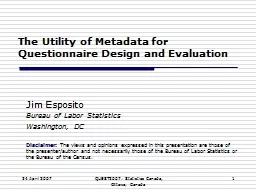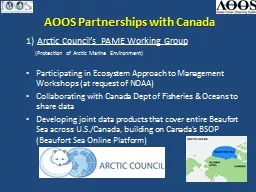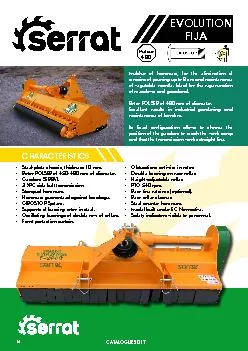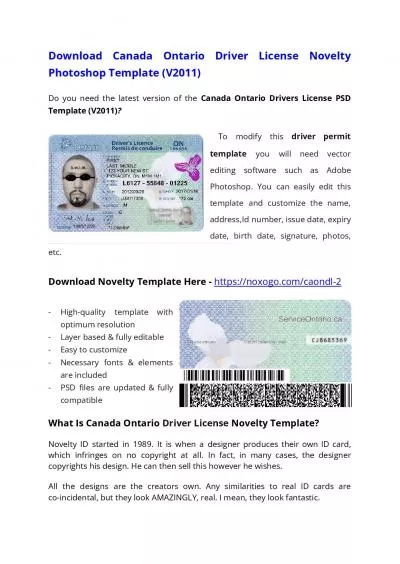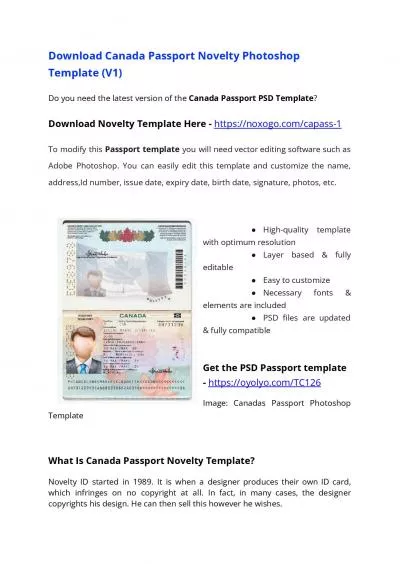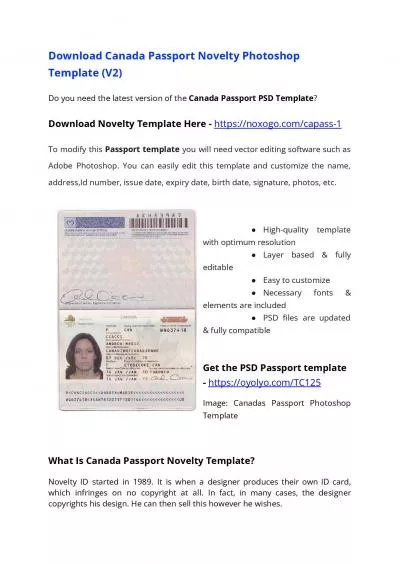PPT-Environment Canada Data Catalogue
Author : phoebe-click | Published Date : 2016-02-28
Paul Paciorek Manager Data Management Information Management Corporate Services Branch February 19 2013 Context Environment Canadas Data Landscape A department
Presentation Embed Code
Download Presentation
Download Presentation The PPT/PDF document "Environment Canada Data Catalogue" is the property of its rightful owner. Permission is granted to download and print the materials on this website for personal, non-commercial use only, and to display it on your personal computer provided you do not modify the materials and that you retain all copyright notices contained in the materials. By downloading content from our website, you accept the terms of this agreement.
Environment Canada Data Catalogue: Transcript
Download Rules Of Document
"Environment Canada Data Catalogue"The content belongs to its owner. You may download and print it for personal use, without modification, and keep all copyright notices. By downloading, you agree to these terms.
Related Documents

